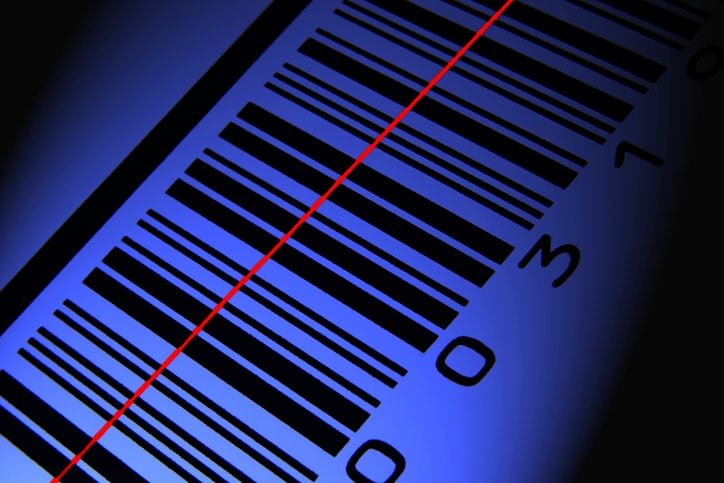Everyone knows that barcodes can be used to manage product pricing, allowing goods to be charged at the correct price when presented by a customer at a cashier’s till. Although this is one of the most fundamental and vital uses of a barcode (or increasingly QR codes), and the one which we’re likely to be most familiar with, it’s just one of many uses for the technology.
Barcodes were first used in the 1960s and, put simply, they are a representation of data that can be read by a machine, in this case, a scanner. As previously mentioned, it’s commonly known for its uses in product pricing, but here are 3 other business-critical uses for barcodes:
1. Shipping and delivery tracking
You may have noticed that packages you receive when you order products online often also have barcodes or QR codes on them. This is because they can also be used to track shipping and delivery progress as they are scanned through the various parts of their journey. This is handy for checking up on lost or delayed items and it also allows customers to track their own orders and provide businesses with proof of delivery.
2. Document organisation and tracking
Similarly, barcodes can be used to track and organise important documents within businesses. When a physical library of documents is necessary, barcodes can help to track or organise them. A common example would be a library, many of which barcode their books to avoid manual filing and tracking.
3. Stock and inventory levels
Barcodes and QR codes can help to eliminate human error and increase productivity when it comes to stock levels and inventory. It makes the task easier by automating parts of the process, saving business owners valuable time and effort in the process.
For more information on barcodes and how they can help your business, contact us by calling 01278 433800.


Recent Comments